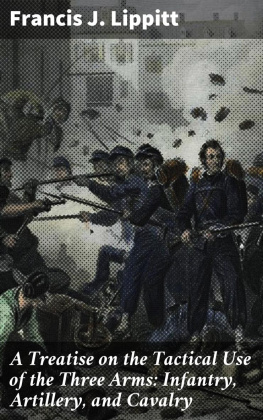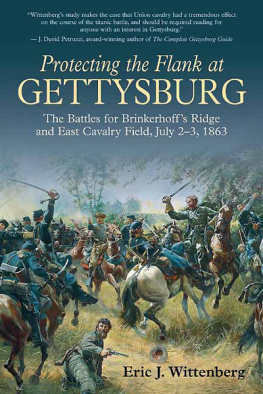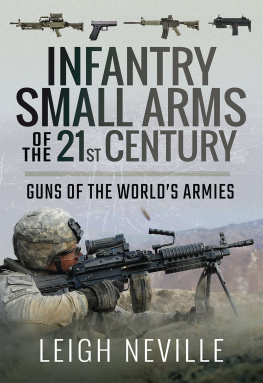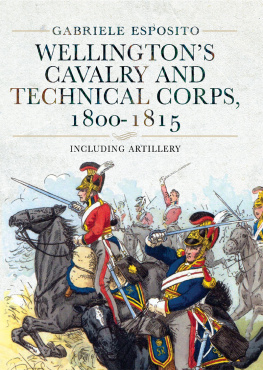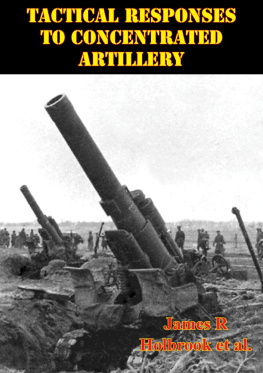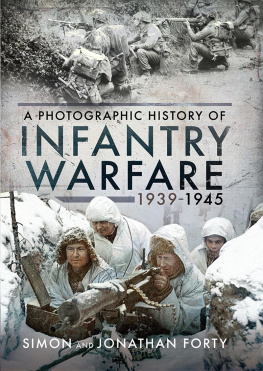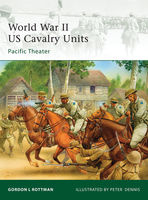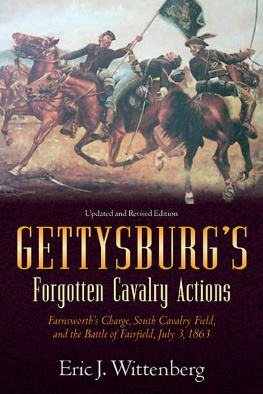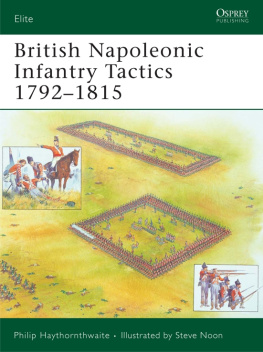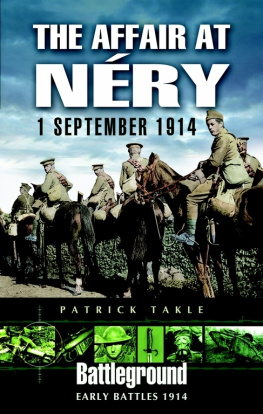TACTICAL USE OF INFANTRY.
Table of Contents
The subject will be considered under the following heads:
I.Its Attack, generally.
Table of Contents
Infantry attacks with its fire, or with the bayonet. Which of these is the more effective?
1. The object of an attack is to destroy or capture the hostile force, or, at least, to drive it from the field.
Capturing the enemy, or driving him from the field, cannot usually be effected by merely firing upon him.
True, a mere fire at a distance may finally destroy him. But an insuperable objection to this mode of attack is, that while we are killing or disabling his men, he is killing or disabling as many of our own.
2. If we fire from behind cover, our loss may be comparatively small. But, in that case, the enemy will never remain for any length of time exposed to our fire. He will either attack and rout us from our cover, or retire. And even if he did neither, his actual and complete destruction, capture, or rout, would still require an attack with the bayonet.
3. It follows that the proper mode of attack by infantry on infantry is with the bayonet.
The Russian Suwarrow's victories and reputation were won chiefly by his fierce bayonet attacks, which often effected great results, in spite of his ignorance of the art of war.
4. But there are exceptional cases where infantry may properly use only its fire; as
(1.) When acting as a support to artillery, it should rarely, if ever, leave its position to use the bayonet; thereby endangering the safety of the guns which it is its first duty to guard. Its function, in this case, being purely defensive, it should act by its fire alone.
(2.) Against a line of skirmishers deployed, a well-directed fire will usually be sufficiently effective.
(3.) In mountain warfare, its only practicable mode of attack will sometimes be by its fire.
5. When both sides are equally exposed, the actual attack with the bayonet should not be preceded by a distant musketry fire; for, as in that case, our loss will generally be equal to the enemy's, this fire will give us no superiority in the charge, and the loss we have sustained will be therefore entirely thrown away.
6. Nevertheless, our actual attack should be prepared, when possible, by the infliction of such a loss on the enemy as will make him inferior to us at the decisive moment. In war, the object is not to test the comparative courage of the combatants, but to beat the enemy. We must never, therefore, when it can be avoided, fight him on equal terms; and so, never close with him without such a superiority in numbers, position, or spirit, as will make the chances decidedly in our favor. If, without exposing ourselves to much loss, we can inflict a considerable loss upon him, we shall render him inferior to us, both by the number of his men we have disabled, and by the demoralization thereby caused in his ranks.
7. This preparatory loss can be most effectually inflicted by the fire of artillery; as, from its great superiority of range, it can suffer but little, meanwhile, from the enemy's infantry fire. Our attacking infantry are thus enabled to keep out of the range of the fire of the infantry they are to attack, till the moment of advancing to close.
8. When we have no artillery disposable for the purpose, the preparatory effect may be produced by a well-sustained fire of infantry, provided it can find a sheltered position to deliver it from; or, by the fire of a heavy line of skirmishers.
9. If we can make the infantry we wish to attack engage in a prolonged fire, this will exhaust them, and thus render them inferior to us in strength and in spirit, even if we inflict on them but little loss. But as our attacking infantry should, in the mean time, be kept fresh, the preparatory fire, in such case, should not devolve on the troops that are to close with the enemy.
10. One cause of the indecisiveness of the results obtained in many of the battles of the late war, as compared with the great loss of life on both sides, has been, that the opposing battalions were too often kept firing at each other at a distance, both sustaining nearly equal loss, until the ranks were so weakened as to disable either party from making a vigorous and decisive charge. Or else, charges were made on the enemy's battalions before they had been shattered by artillery; so that the attacking troops were easily repulsed, sometimes with great slaughter.
II.Formations for Attack.
Table of Contents
1. Infantry may advance to attack in either of three ways: in column; in line, marching by the front; and by the flank; that is, in line, but faced to a flank.
2. Of these three formations, the last is undoubtedly the worst possible; for
(1.) On arriving at the enemy, the troops are not concentrated at the point where the struggle is to be. As they must come up successively, they will be crushed in detail by superior numbers.
(2.) Advancing in such a formation, they would be exposed to a destructive raking fire from the enemy's guns; especially since the adoption of the new flank march by fours, which gives to rifled artillery a tolerable mark.
3. The question is, then, between an attack in column and an attack in line. Which is the better of the two?
The decisive effect of infantry is produced by a rush on the enemy with the bayonet. The chief elements of success in this attack at close quarters are, the physical momentum of the charge, and the powerful moral effect caused by the swift approach of a compact and orderly hostile mass. A charge in line does not admit of both these elements. The advance of a line of one or more battalions, to be united and orderly, cannot be rapid, and thus has no impetus. Such a line, advancing swiftly, especially over uneven ground, would soon become so broken and disunited as to destroy, in a great measure, the effect, both moral and physical, of its charge, and, at the same time, to deprive the attacking troops of that confidence which is inspired by the consciousness of moving together in one compact, formidable mass, in which every soldier feels himself fortified by the support of his comrades.
4. On the other hand, a column can move rapidly without losing its compactness and order.
In attacking the enemy's line, a close column concentrates successively, but rapidly, a force superior to the enemy at the decisive point, and can hardly fail to pierce the line attacked, if it arrive with its momentum unchecked.


